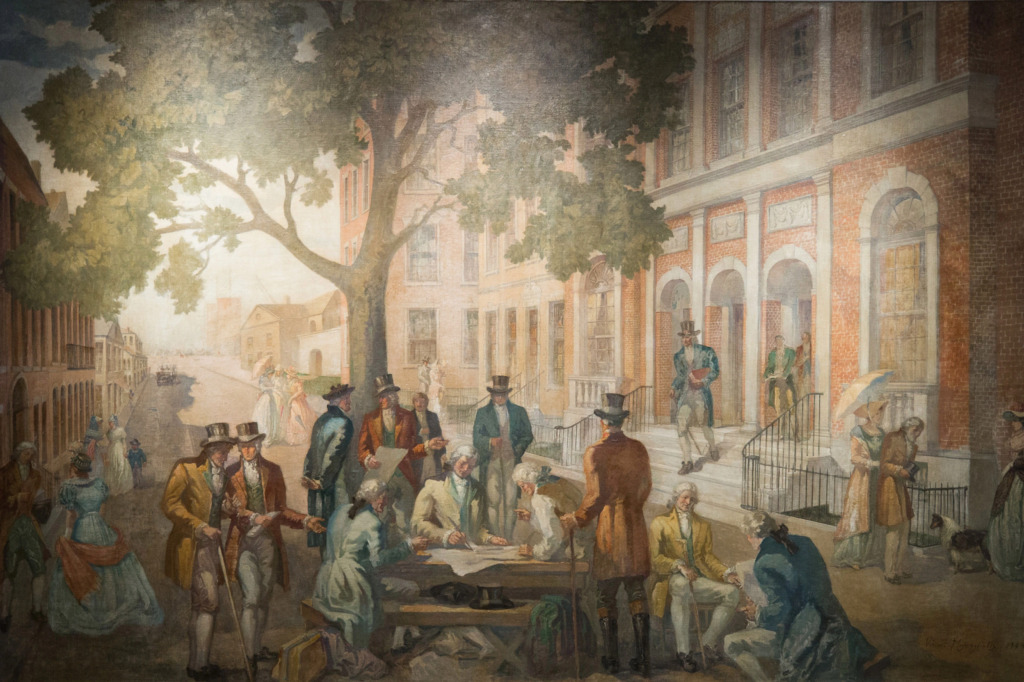

Here is a surprisingly funny fact not about trading: cows can produce up to 3% more milk when listening to music, but they don’t like country music, especially Willie Nelson. It turns out cows need a good beat.
But let’s move past cows or country music and focus on the topic at hand. The world of trading and investing is full of fun facts and surprising things – and here are some of them:
1. Halloween is important to investors

For some unknown reason, Halloween marks the start of a favorable period in the stock market. From October 31 to May 1, stocks traditionally perform better than in the summer.
There is another variation that goes “sell in May, go away, come again St. Leger Day.”
2. Jeans are permitted one day a year
You can’t wear jeans on the trading floor of the New York Stock Exchange. The only exception to the notoriously strict dress code is on March 21, the day when Levi Strauss & Co. launched its IPO in 1971.
3. NASDAQ100 is an incorrect term
The NASDAQ100 index implies that there should be 100 companies in its composition. But if you buy this index, you’ll get an extra three companies as a packaged deal. There are, in fact, 103 companies listed in NASDAQ100.

4. FAANG (Facebook, Amazon, Apple, Netflix, and Google) should be called MAANA
Before, the biggest tech stocks were collectively called the FANG, short for Facebook, Amazon, Netflix, and Google. The second A (for Apple) was added in 2017. Now, with Facebook called Meta and Google called Alphabet, MAANA would be a more accurate collective name.
5. A 16-year-old beat S&P 500

An American actress Rachel Fox, turned investor beat financial experts at only 16 years old. In 2012, her stock investment returned even more than S&P 500—while one of the best indices of large-cap U.S. equities returned 13%, Fox made a 0.4% profit.
You can learn more about her approach in her Ted Talk “How to make your greatest investment”.
6. A firm with two Nobel Prize winners went bust in four years
The hedge fund Long Term Capital Management opened its doors in 1994 but eventually went bust a few years later in 1998. LTCM was staffed with PhDs and even two Nobel Prize winners, Robert Merton and Myron Scholes. Intelligence did not guarantee success.
7. Going against the market can cause physical pain
The Little Book of Behavioral Investing recounted an experiment that showed periods of exclusion activate the exact areas of the human brain as physical pain. So, doing something different from the crowd is akin to social pain.
8. An event that one “septenvigintillionth” chance of happening has happened
The Merval Index, Argentina’s main stock market benchmark, fell by 48% in just a day on August 12, 2019. According to investor Charlie Bilello, such a collapse had a probability of one in 1084.
9. 40% of Americans disagree with an opinion 100% of economists have
In a survey by Paola Sapienza and Luigi Zingales, effectively all economists agreed that future stock prices are hard to predict. But other respondents (non-economists) did not feel the same way. 40% of them stated that price predictions aren’t as hard as economists claim.
10. One tree represents billions of dollars in trading

On May 17, 1792, 24 stockbrokers met under the buttonwood tree in front of the NYSE to set rules and commissions for trading stocks. They called it the Buttonwood Agreement, and the rest is history.








